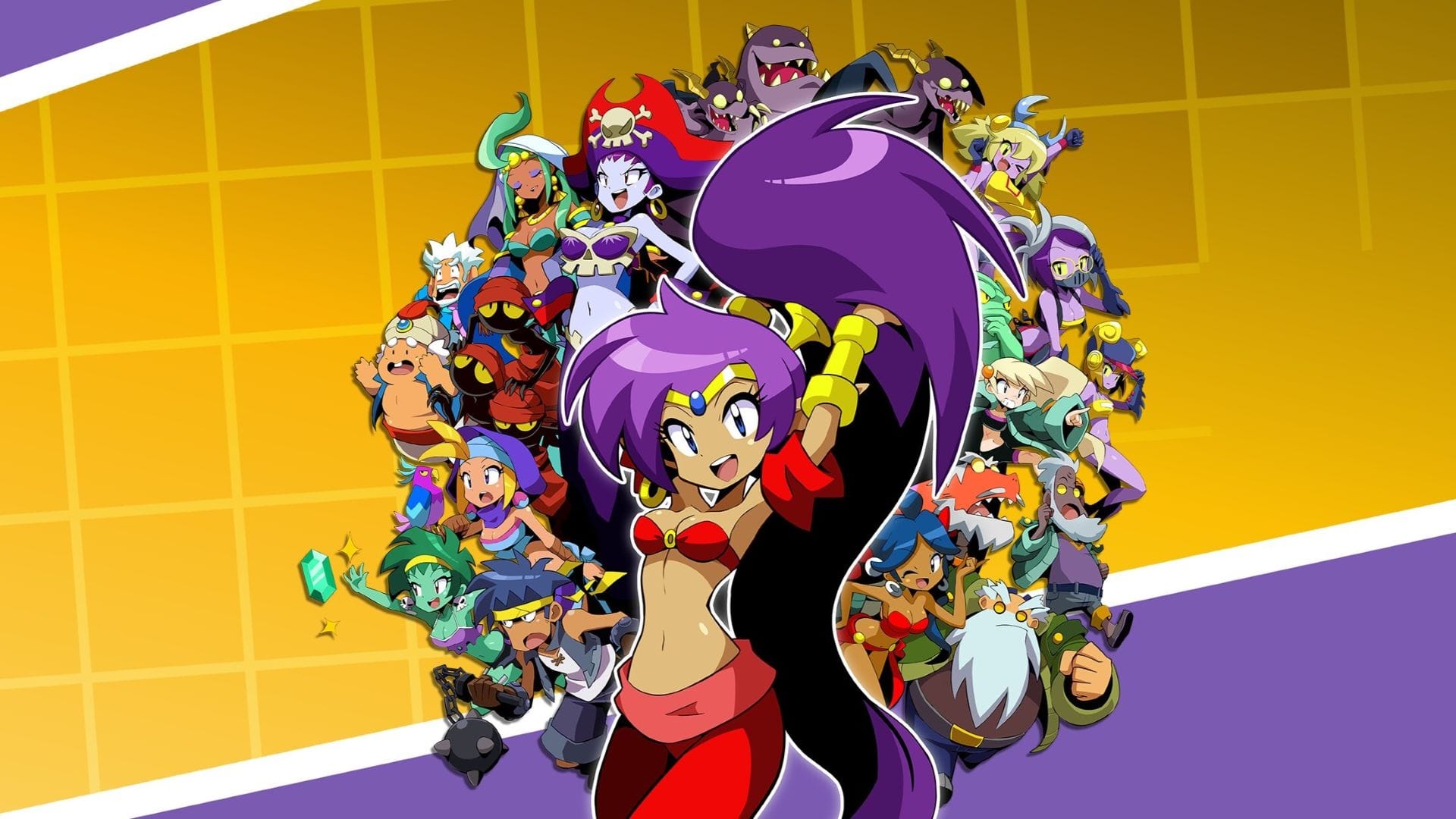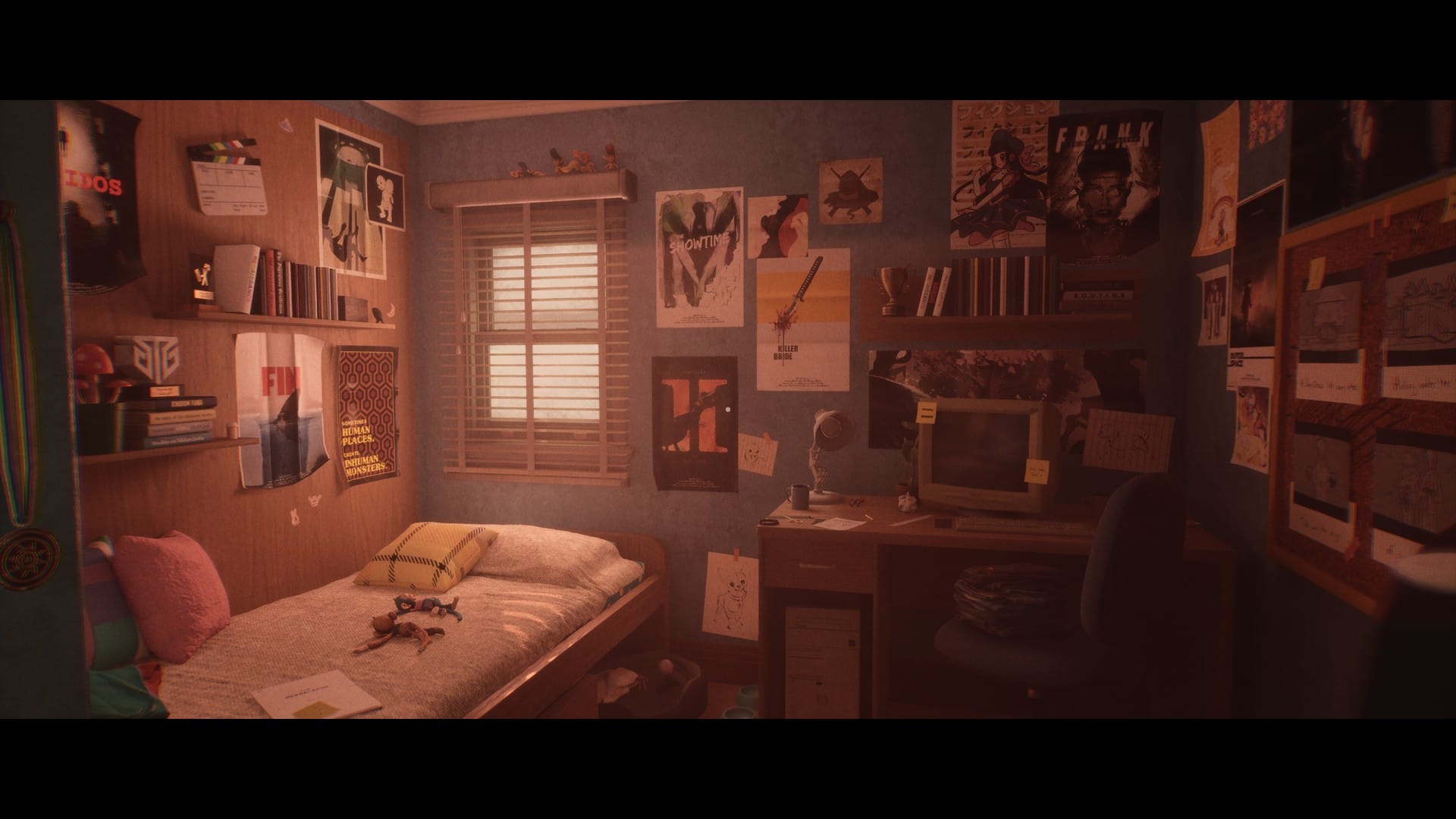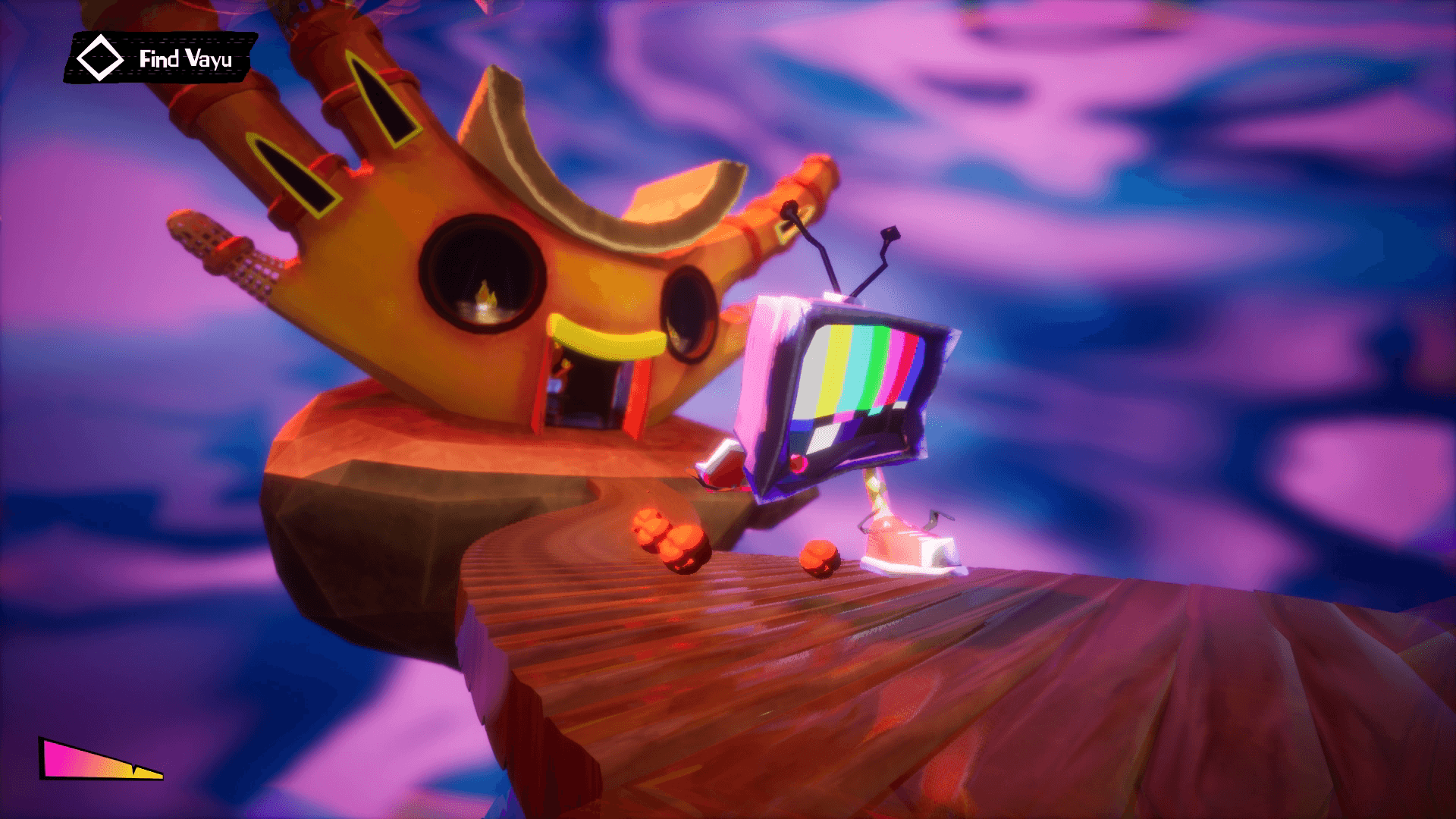It’s a bit difficult to pin just why some city management games grab me and others don’t. Growing up, the SimCity titles were THE THING. I must’ve played the first one and 2000 for literally hundreds of hours, wreaking havoc on my poor unsuspecting citizens all the while loving the ever-living crap out of the whole thing. Now, whenever new games in the genre come out, I give them a try in an attempt to feel the same about them, but the returns are never what I hope they will be.
Case in point: Leikir Studio’s Synergy, which hit Steam a few weeks ago. Here’s a game with a lot of what I should love about it, from its art style that apes the magnificent work by Jean Geraud, a.k.a Moebius, to the easygoing nature of the whole thing. I just didn’t get into it and yeah, I have a difficult time pointing out why as it’s by all means a pretty decent attempt by Metal Slug Tactics’ developer, which I did like a lot of last year.
The basic premise here is that an entire planet’s population has been displaced and it’s your job to find them a new home. Through a series of scenarios packed with a variety of objectives, you have to make due with the new environment they find themselves in and turn a desert into a bustling and self-dependent town.
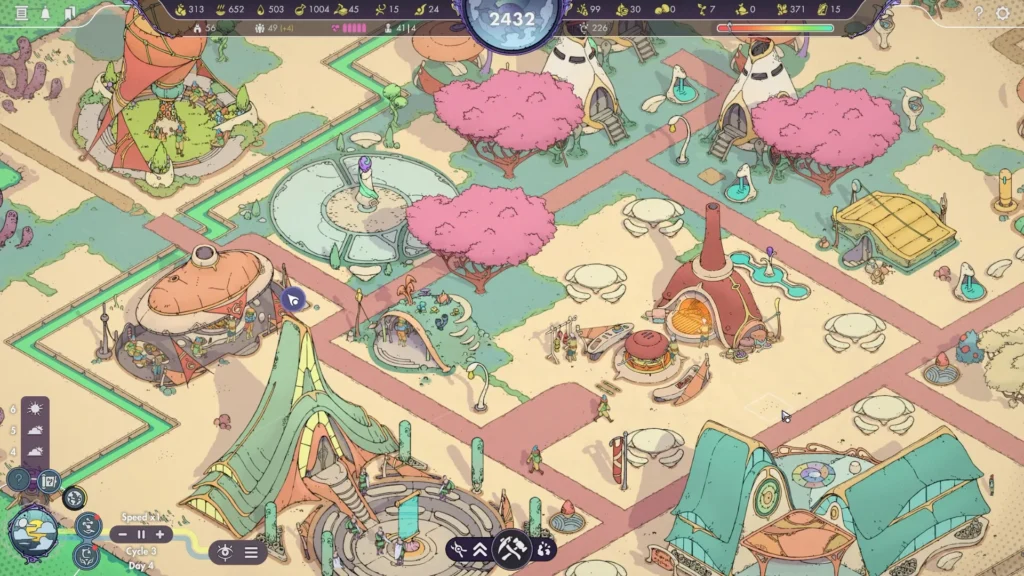
And for that, Synergy goes through the motions you’d expect out of one of these: finding the right spots for specific structures, securing efficient supply lines in order to fatten your resources, and slowly but surely growing your numbers. All of that is satisfying enough to achieve, and thanks to some great tutorial stages, there’s nothing obscured during your time learning the ins and outs of Synergy.
As I touched on before, the game heavily borrows from the works of Moebius in terms of presentation. No self-respecting comic book fan would love twice at this without mistaking it for one of the master’s impeccably drawn pages, only in motion, and in that, the devs are to be commended, as this is easily one of the most visually striking city builders, bar none. And all without having to rely on system-heavy 3D graphics.
On the other hand, relying so much on one particular artist’s vision does limit somewhat the scope of the overall visual variety of the experience. Playing Synergy is exciting at first because of all the flourishes where Leikir obviously put a lot of hard work into, but there are times when the decision to be inspired by a static medium and putting it to motion makes it hard to keep track of some of the most mundane aspects that would have otherwise been a cinch in other games.
I’m talking about the comings and goings of your workers. Since they basically all look the same and tend to blend with the environment, at the mid-to-high game, when the camera is pulled a little higher than usual, I had a tough time knowing who was doing what, or even where they were. Due to the pastel-y colors used in the graphics, unless you are really eyeing up the game, elements tend to gel together, and for something like Synergy, which is going for a more casual time playing, that tends to generate a weird paradox.
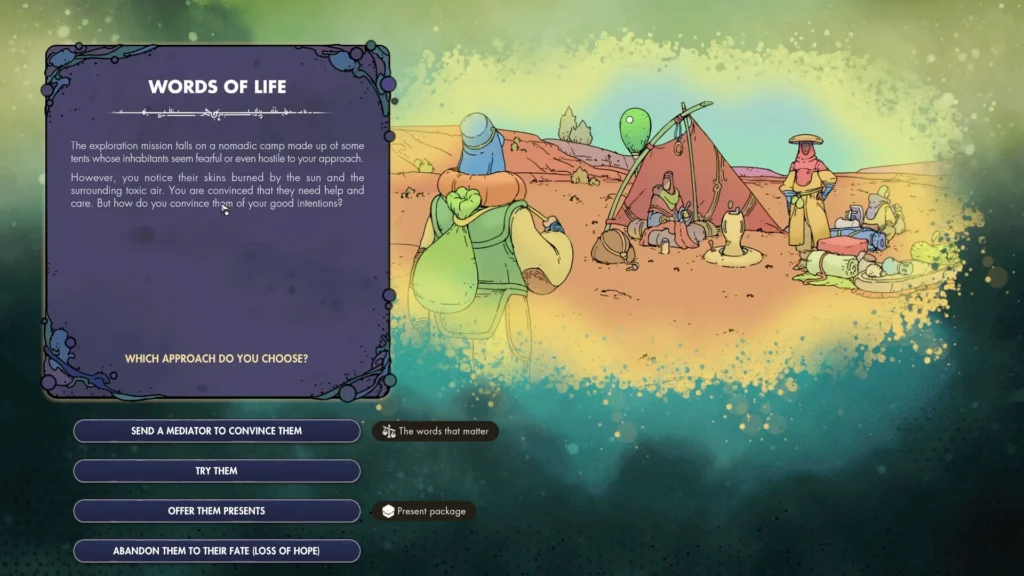
Buildings are also disappointingly very close visually, making the game suffer from looking samey and pushing more strain onto the player, having them make the effort to know what’s what instead of letting the flow take them through the journey of playing it, which I assume is the whole point of Synergy, hence its name. It’s a little baffling, to be honest.
These issues aside, it’s clear that the systems that serve as the blood flow of a city builder are present in this one. At later points in gameplay, getting to see a creation of yours flowing and firing from all cylinders can be extremely rewarding, as is the ant-like movement of your tiny people living their lives, with kids growing up into working adults and whatnot. It’s just annoying that there are obstacles in the way of getting up there that might turn off others like they did me.
Synergy is a game full of potential who ultimately plays against itself for its entirety. Its best features also happen to be its undoing, and what quietly works does so under the strain of having to have the player want to and make the extra effort to recognize it. I’m curious as to how this could be turned around, if it ever will, or might happen to come by in an eventual sequel. Regardless, Synergy, as it is, is a game I can look fondly for what it tries to do but have no wish to keep playing, unfortunately.



